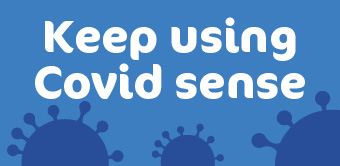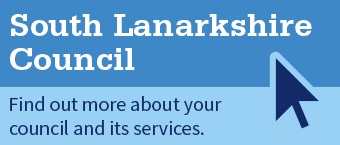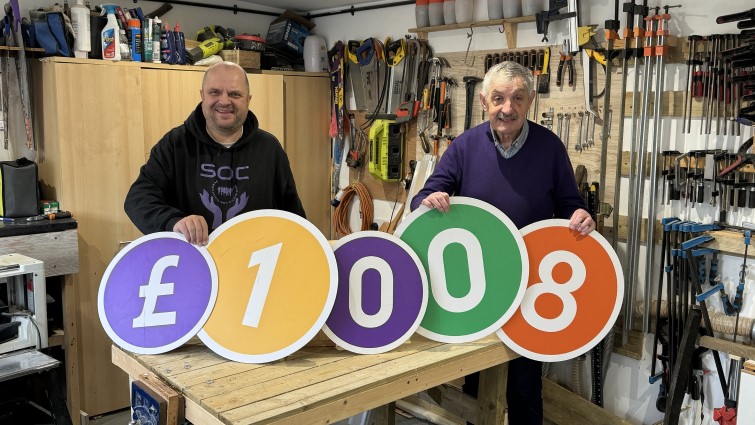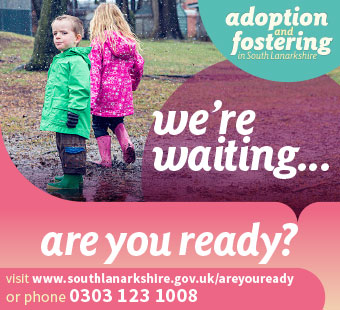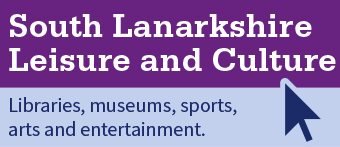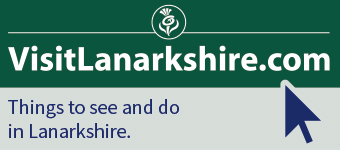South Lanarkshire pupils are top of the class
Published: Wednesday 20 December 2023
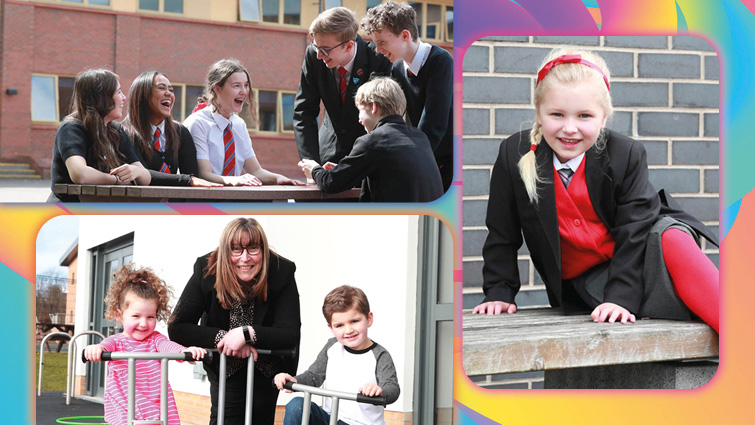
South Lanarkshire pupils are outperforming the national average for literacy and numeracy at almost every key level.
Across P1, P4, P7, and S3, the authority’s overall literacy rate of 73.5% and numeracy rate of 81.6% for Curriculum for Excellence (CfE) are higher than the Scotland-wide rates of 72.7% and 79.6% respectively for 2022/23.
Level 3 and Level 4 in both literacy and numeracy have also overtaken the national figures.
These are just two of the headline achievements for the authority’s 50,000 pupils across all sectors as revealed in a Scottish Government report published last week.
It further found that South Lanarkshire’s literacy and numeracy for P1,4 and 7 combined are now at their highest since 2016.
The poverty-related attainment gap for Primary 1 in listening and talking, and for literacy and numeracy at levels 3 and 4 is narrower than the national average.
And, the attainment gap in all aspects of literacy across P1, 4, and 7 has also reduced.
The Achievement of CfE Levels 2022/23 collates and provides statistical information on the national performance of school pupils in publicly funded mainstream schools, as provided by local authorities on 13 September 2023.
South Lanarkshire Council collected ACEL data for 14,837 young people across 142 schools.
The report’s key indicators, collected at P1, P4, P7, and S3 stages also revealed that across Scotland the proportion achieving the expected level of literacy at the primary school level is the highest on record, the attainment gap in the sector is also the smallest since records began in 2016.
Councillor Lynsey Hamilton, Chair of the council’s Education Committee welcomed the report and the South Lanarkshire achievements it recognises.
She added: “There is so much fantastic work going on in every one of our early years establishments, primary and secondary schools, and this report allows us the opportunity to stand back and be proud of the tangible results it achieves.
“Literacy and numeracy above the national average, and a much welcome narrowing of the attainment gap, are hugely significant. The outcomes are very positive from our very youngest children to our young adults, in secondary school, to our amazing education workforce.
“Just a few years on from the pandemic, the work put in by every child, parent, carer, teacher, and member of staff has ensured that the undoubted effects of COVID lockdowns will not hold back progress, or our ambitions for the future of our young people.”
Executive Director of Education Resources, Carole McKenzie agrees: “These results are hugely encouraging. We, in South Lanarkshire Council, are committed to building on them by continuing to place our focus on the skills all children and young people need to be literate and numerate.
"I am personally very proud of our schools who are working so hard to both drive forward excellence and ensure the poverty-related attainment gap continues to close. They are well supported to do so by both the Primary and Secondary central attainment teams. Well done to all."
A second set of statistics, released simultaneously by the Scottish Government unveiled pupil and teacher numbers, attendance rates, and class sizes.
Among detailed figures produced, it found that:
- Nationally the attendance rate is 90.2% (90.1% in South Lanarkshire)
- The unauthorised absence figure has risen steadily since 2017 to 3.7%; of this almost a third can be accounted for by unauthorised holidays, the highest since 201/11
- Scotland’s publicly funded schools employ approximately 54000 teachers; the South Lanarkshire workforce of 3492 is the 5th highest in the country.
- Scotland’s average class size is 23.2.
The information is derived from several sources: the pupil census, the school staff census, the early learning, and childcare (ELC) census, and the attendance and exclusions collection, and is the first such set of figures, collated, and published since 2017.
29 April 2024
Full circle for Aled as tour comes to Lanark
29 April 2024
Hall to be leased by community group
26 April 2024
Wish list caters to community kitchen needs
25 April 2024
Plans for East Kilbride take a step forward
25 April 2024
Funding supports what matters most to young people
24 April 2024
Wish list helps group continue to support families in need
23 April 2024
Food for thought as primary school pupils win book challenge
22 April 2024
Locals to benefit as new bridge opens
19 April 2024
Air quality action plan consultation
19 April 2024
Wish for new laptops granted




